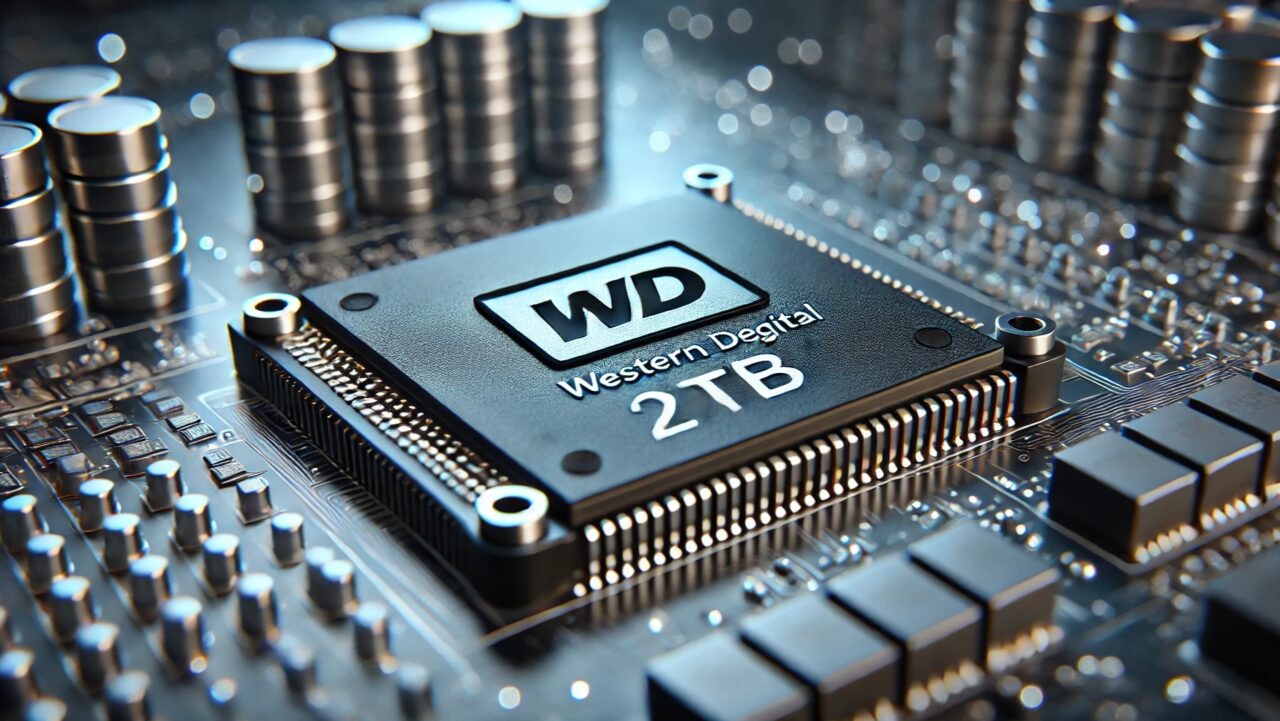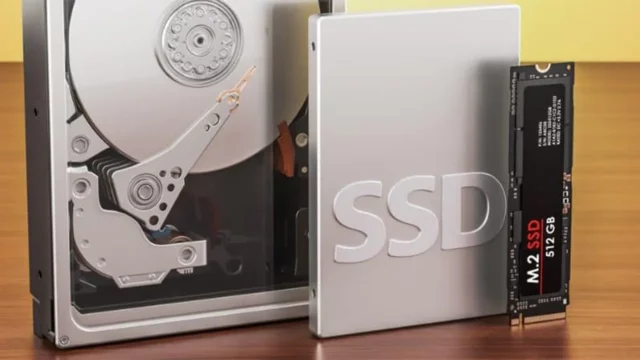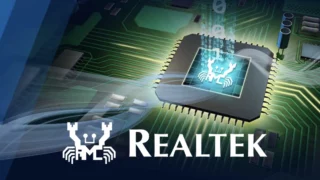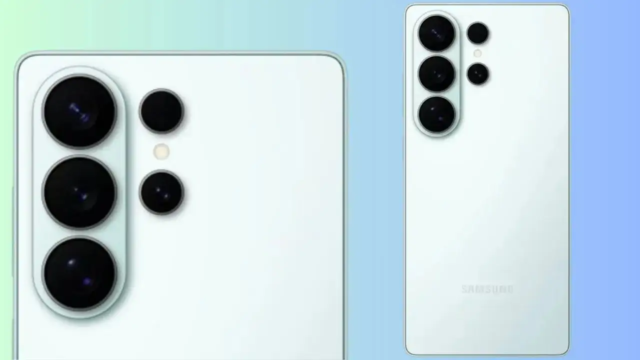Western Digital, in a webcast titled “The New Age of NAND” aimed at investors, introduced the world’s highest capacity memory chip, the BiCS8 2Tb QCL. These flash drives are specifically designed for data center needs with a full 2TB capacity. Rumor has it that these new chips could usher in the era of 100 TB SSDs. Here are the details…
Western Digital’s major move: 2TB flash drives for data centers unveiled
Developed in collaboration with Kioxia, these flash drives utilize the eighth-generation BiC (BiCS8) technology announced in 2023. BiCS8 technology offers 50% better memory density compared to the previous generation. Additionally, it comes with 12% better layer density, 30% better program bandwidth, and 21% better read latency. But that’s not all.
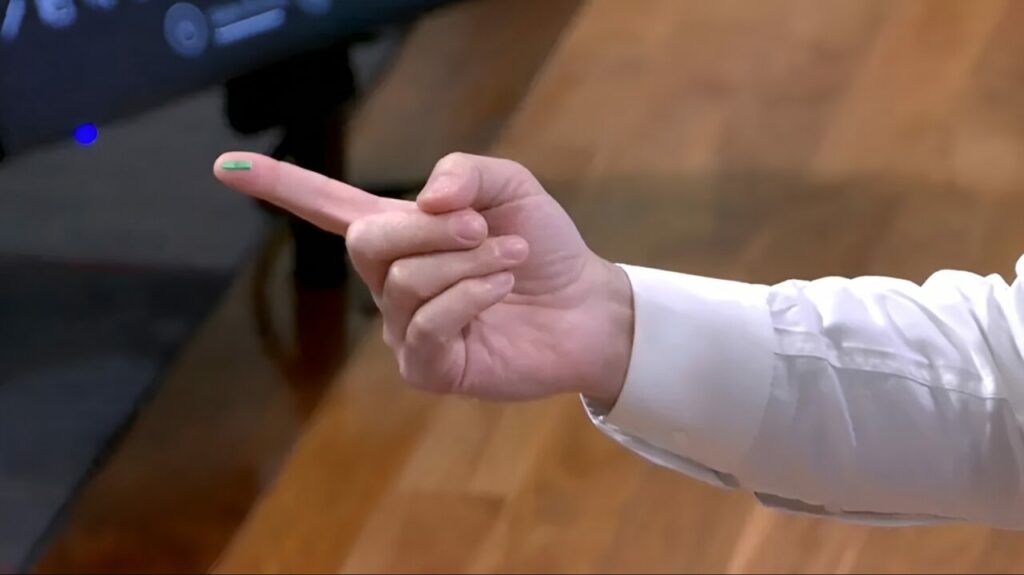
The IO speed of these chips is 50% higher than competitors of the same generation, making these flash drives a performance beast. To demonstrate the compact size of these chips, Western Digital presented a fingertip-sized die to investors. This tiny giant boasts a storage capacity of 2 trillion bits.
This showcases what technology leadership looks like. These new flash drives could start a new era of 100 TB SSDs, making faster, larger, and more energy-efficient SSDs possible. This new flash memory technology could also reduce the cost of high-capacity SSDs. How?
For instance, a 256GB 3D QLC NAND device could allow manufacturers to produce a 1TB SSD using just four memory ICs and a 2TB SSD with eight devices. A 16-die package could provide up to 4TB of storage in a single chip package, making large capacity SSDs more accessible.
More details will emerge when WD officially announces these new 2TB QLC NAND chips. But we already know that these chips will create a significant change in data center solutions. What do you think about this revolutionary development? How will next-generation SSDs impact data centers? Don’t forget to share your thoughts in the comments section below!


